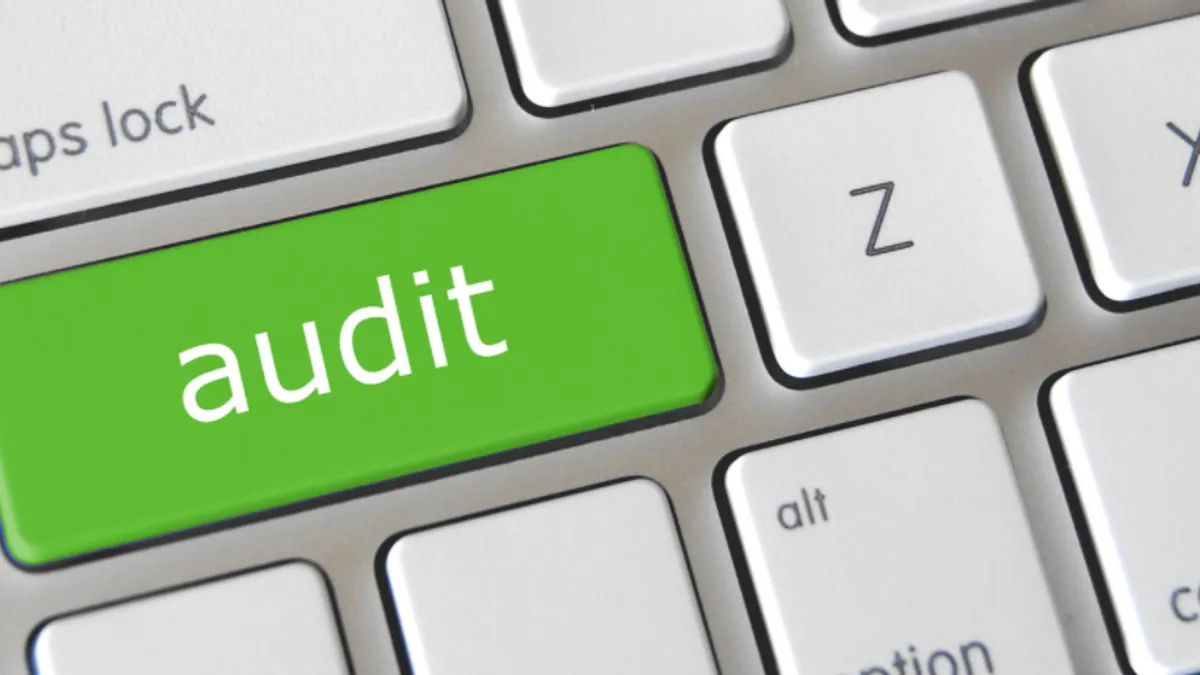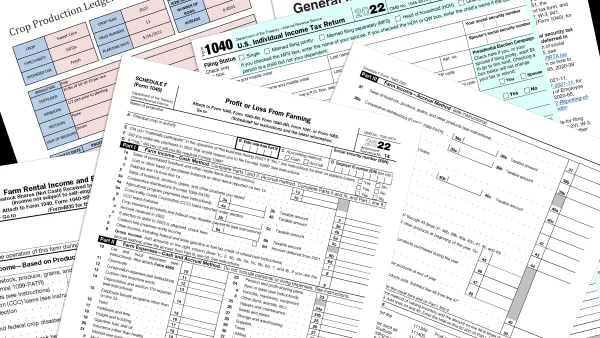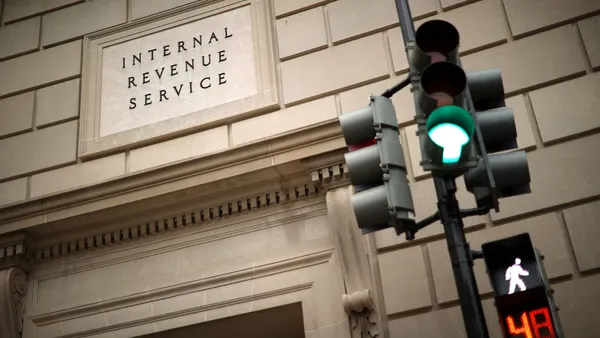How well is the opinion of your company’s performance supported by the evidence the auditor's using?
Public Company Accounting Oversight Board (PCAOB) staff have released guidance on what constitutes relevant and reliable evidence for supporting audit opinions.
If evidence auditors are using isn’t relevant or from a reliable source, or if the reliability of the evidence itself is questionable, that can call into question the soundness of the opinion.
“In some cases, information that was determined by the auditor to be more relevant may not be the most reliable, and vice versa,” the guidance, released October 7, says.
Data availability
PCAOB was created in 2002 as part of the Sarbanes-Oxley Act to help ensure auditors don’t allow accounting problems in public companies to get past them and put investors at risk.
The new guidance tries to put guardrails around auditors’ growing use of external evidence to support their opinions.
The use of external evidence, like so many things today, is fueled by the widespread availability of data that companies, regulators and other entities collect and release. The question the guidance tries to answer is which data is relevant and reliable and which isn’t.
“Advancements in technology in recent years have improved accessibility and expanded the volume of information available to companies and their auditors from traditional and newer external sources,” the document says.
Reliability
In general, data generated by regulators or entities that are themselves regulated — stock exchanges are mentioned — can be counted on to be more reliable than data generated by other types of organizations.
Similarly for data that’s generated by organizations vs. data that is derived through analyses of other organizations’ data. The more raw the data is, in other words, the better chance it’s reliable.
Relevance
Relevance is the other big issue, and the guidance provides several use cases for thinking about that. For example, weather data can be relevant evidence for assessing the accuracy of a company’s sales data, presumably because bad weather can reduce brick-and-mortar sales, but only if the data is used correctly.
“Before using the weather data in developing certain expectations – e.g., for substantive analytical procedures related to product revenue – the auditor would need to understand the relationship between weather data and company activities,” the guidance says.
A company’s year-end stock price, obtained from an exchange, is another example. That data can be used to compare against the price the company is using to support its valuation of an instrument.
“The exchange price would represent the fair value of the instrument,” the document says.
The guidance is directed at auditors, but it’s relevant to CFOs for checking whether their auditor is using external evidence appropriately in its assessment of company performance.














